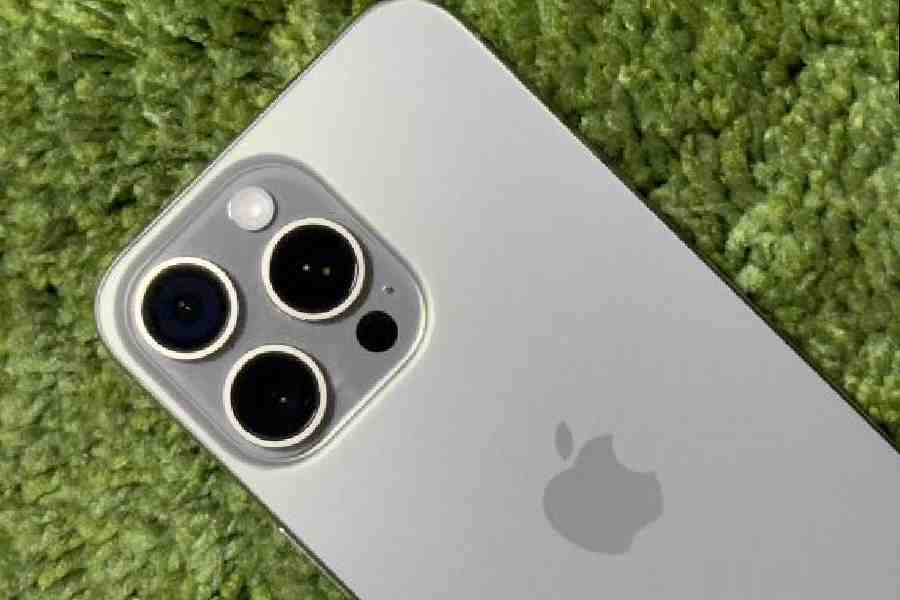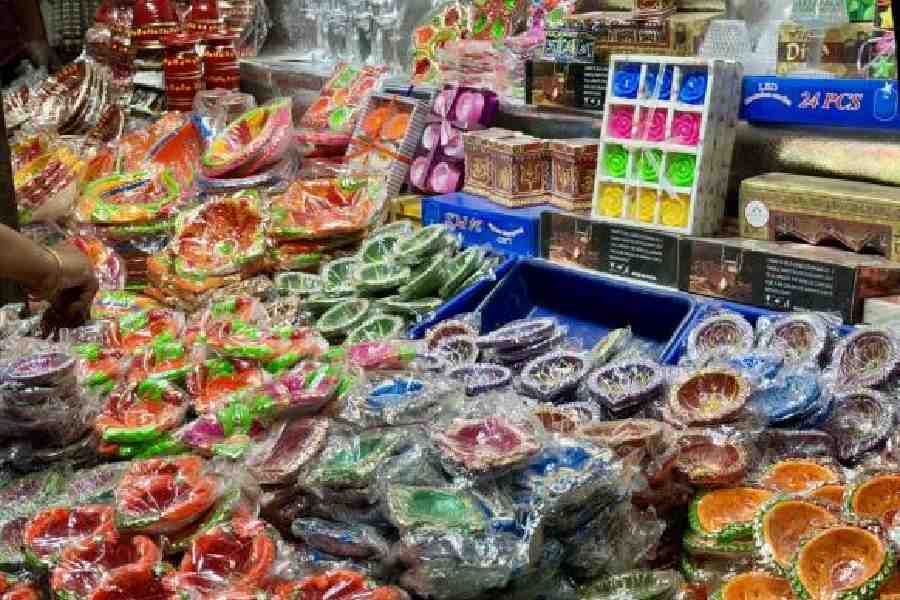The next few days, most of us would like to capture some colourful scenes involving light. Of course, the smartphone will be the device of choice for many. What makes the exercise difficult is the fact that we will take pictures and videos at night, which is not the ideal time for small lenses on most smartphones. But Apple has a solution in the form of its latest iPhone 15 series.
Before I get into the camera system, one aspect of the new iPhone series needs to be discussed. The iPhone 15 Pro and iPhone 15 Pro Max come with a titanium frame, which makes the phones noticeably lighter than last year’s devices. We also have curved and contoured edges as well. A lighter phone means it is easy to carry around and shoot with one hand.
Last year with the iPhone 14 Pro and Pro Max models, we had a 48MP sensor that has now trickled down into the iPhone 15 models. So because we’re using that 48MP sensor we’re able to actually crop into a picture to get a zoomed effect which doesn’t use a digital Zoom; it’s a crop, so you don’t lose any image quality.
Sure, if budget permits many would like to go for the Pro models. The iPhone 15 Pro now has the equivalent of seven camera lenses (using three actual lenses). The 48MP sensor has improved low light performance. Further, 24mm, 28mm and 35mm shots supported by main camera. That’s not all, the iPhone 15 Pro gains next-gen Portrait with 2x low light performance and focus control. And then comes the big improvement — the telephoto lens on the iPhone 15 Pro Max features 5x optical zoom at 120mm focal length. It has been made possible by the use of periscope lens with a tetra prism design. Optical image stabilisation is also enhanced with movement in three directions, a smartphone first. Finally, the ultra-wide sensor shoots macro and 13mm shots.
The question is how do we get the best out of the iPhone 15 at night? Ace photographer Siddhartha Joshi has a few suggestions.

The iPhone 15 Pro and Pro Max have the equivalent of seven camera lenses (using three actual lenses)
“At night I recommend shooting with the standard wide lens (1x) — it captures more light and will give the best results. Pro tip: Shoot in Apple RAW if you want to capture maximum details and process the image later on an editing software,” says Joshi. He says night shots will always have more noise. “A great way to get around this is to use ambient light on your subject as you have plenty of thrust on Diwali — this could be diyas, lights or candles. The additional light will help bring out the subject better.”
One thing many complain about is flicker when shooting electrical lights at home. There’s a way around it. Joshi says, “If you are shooting videos, there might be flicker when shooting with all the beautiful electrical lights at home. To eliminate this, go to camera settings, activate ‘show PAL format’, and then shoot your videos at 25 fps (frames per second). Diwali is a festival of lights and while you move around, the colour of lights in your frame will change and so will the white balance. It’s best to lock the white balance in camera settings to get a seamless video.”
What if you are looking to take portrait shots of family members and friends? Or simply of your house? Photographer Mohit Varu has a few suggestions with the iPhone 15.
“Diwali is all about lighting, so make the most of it. Take advantage of beautifully-lit diyas, candles, and decorative lights, and play around with them by using them in the foreground or background to create silhouettes. These natural and artificial light sources can create a warm and festive atmosphere, which can further be enhanced with the in camera tone filters. Avoid using the flash on your phone as it can be too harsh and may wash out the colours. Instead, rely on available light sources.”
Also, keep in mind that you can use macro for close-up shots of intricate rangoli patterns, decorations to highlight the beautiful details and colours.
Pro tips from photographer Siddhartha Joshi
Shoot in Apple RAW if you want to capture maximum details and process the image later on an editing software.
When shooting videos of diyas and anything to do with lights, go to camera settings, activate ‘show PAL format’, and then shoot your videos at 25 fps (frames per second).
Lock the white balance in camera settings to get a seamless video.
Pro tips from photographer Mohit Varu
Don’t forget to play around with angles and lighting as the iPhone will give you the best results.
Enable HDR (High Dynamic Range) mode to get the best pictures in a varying light environment










